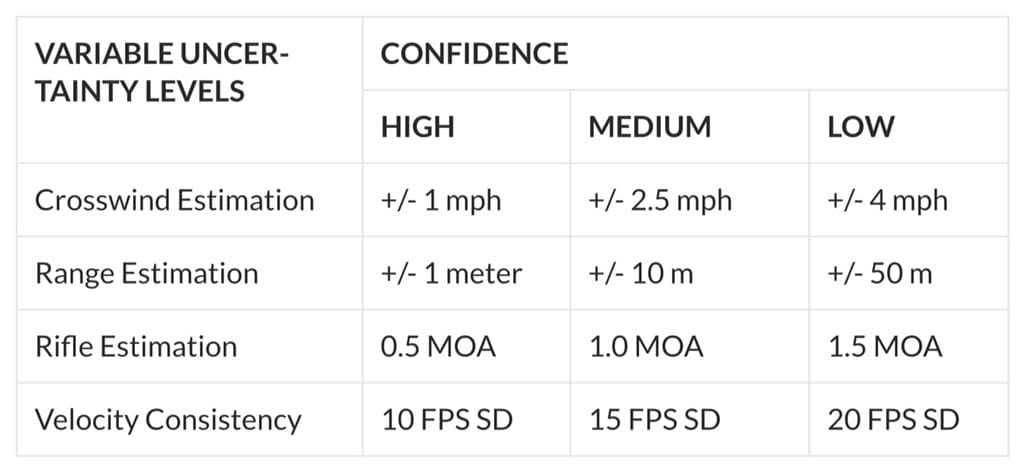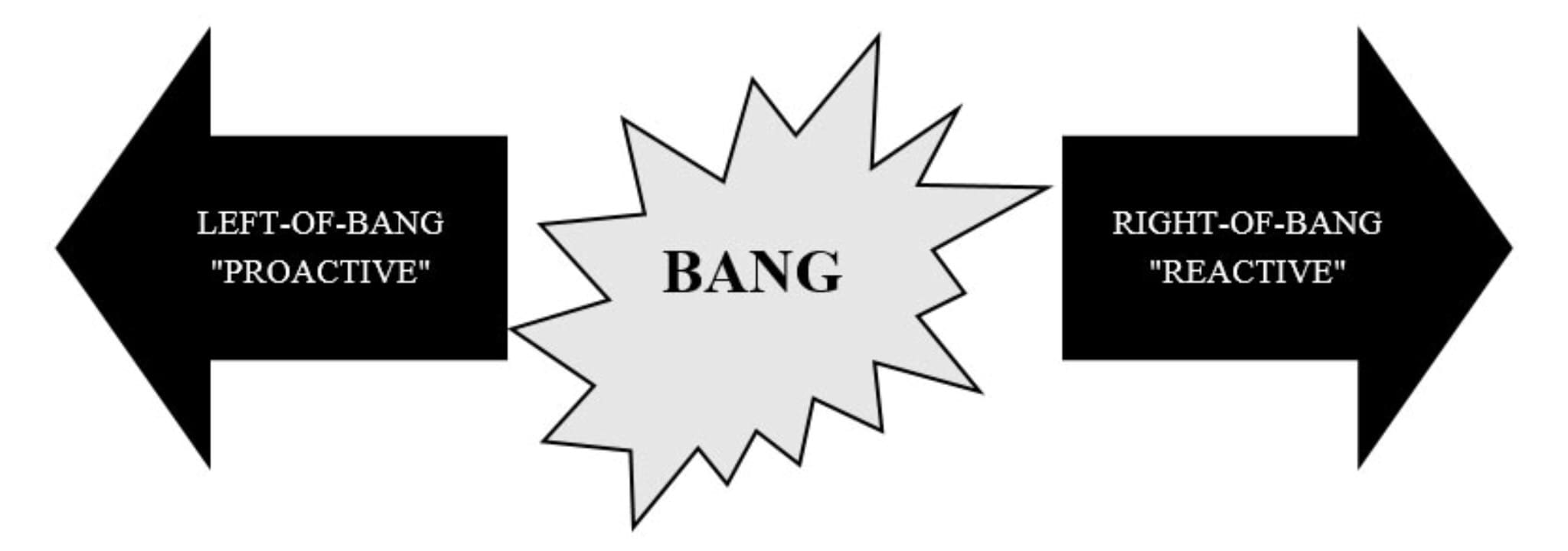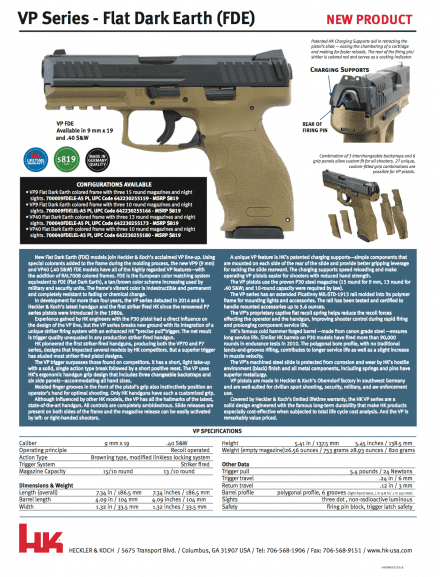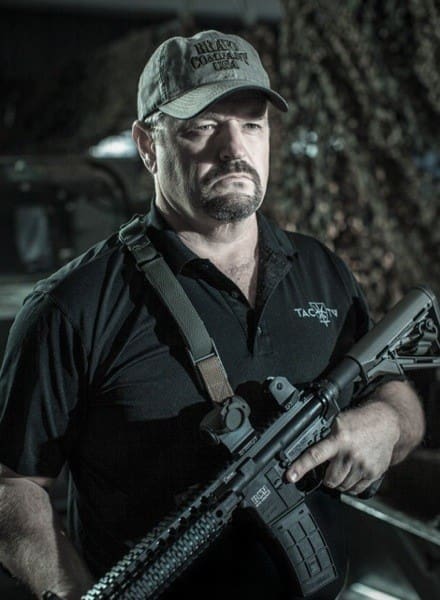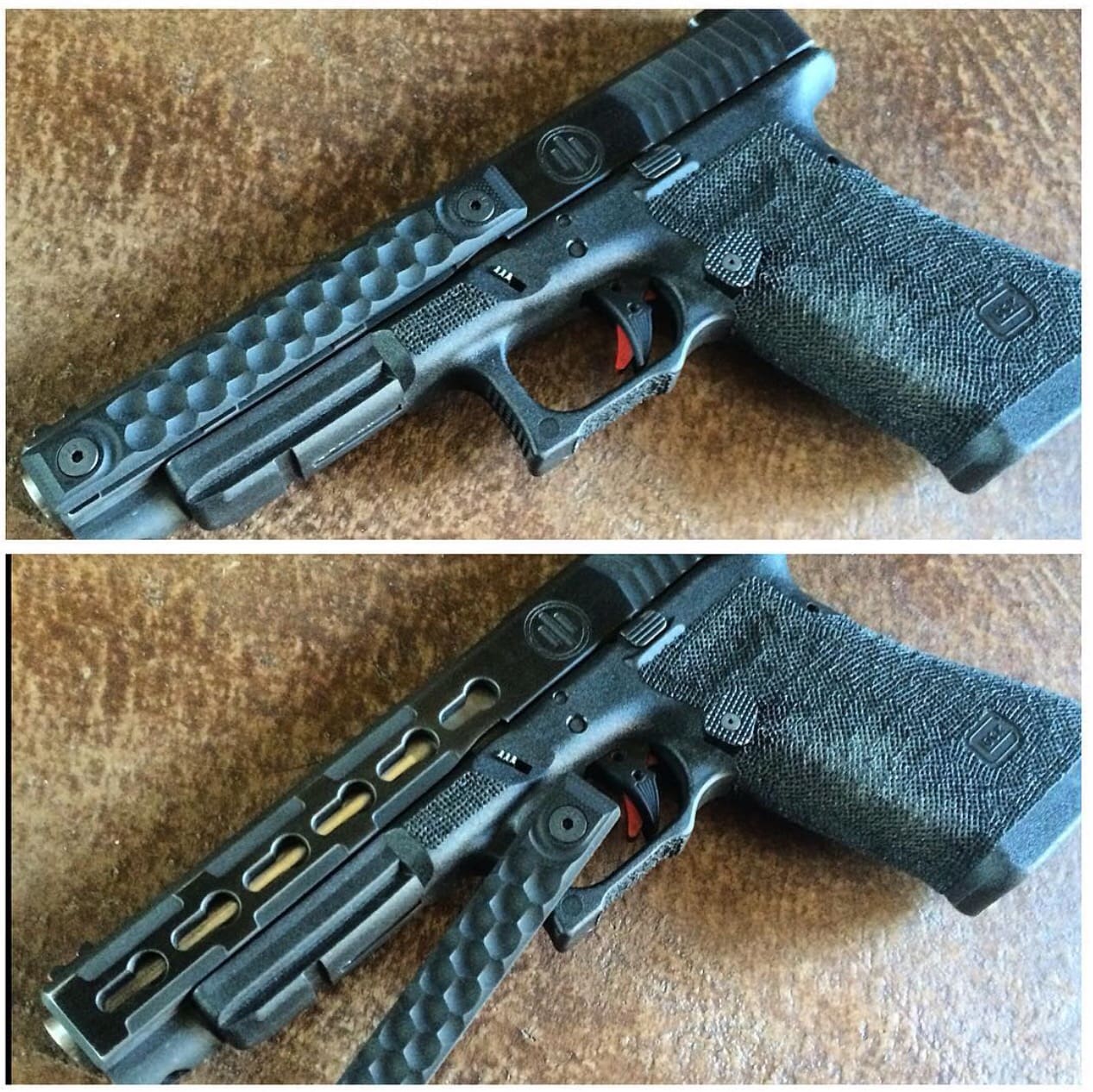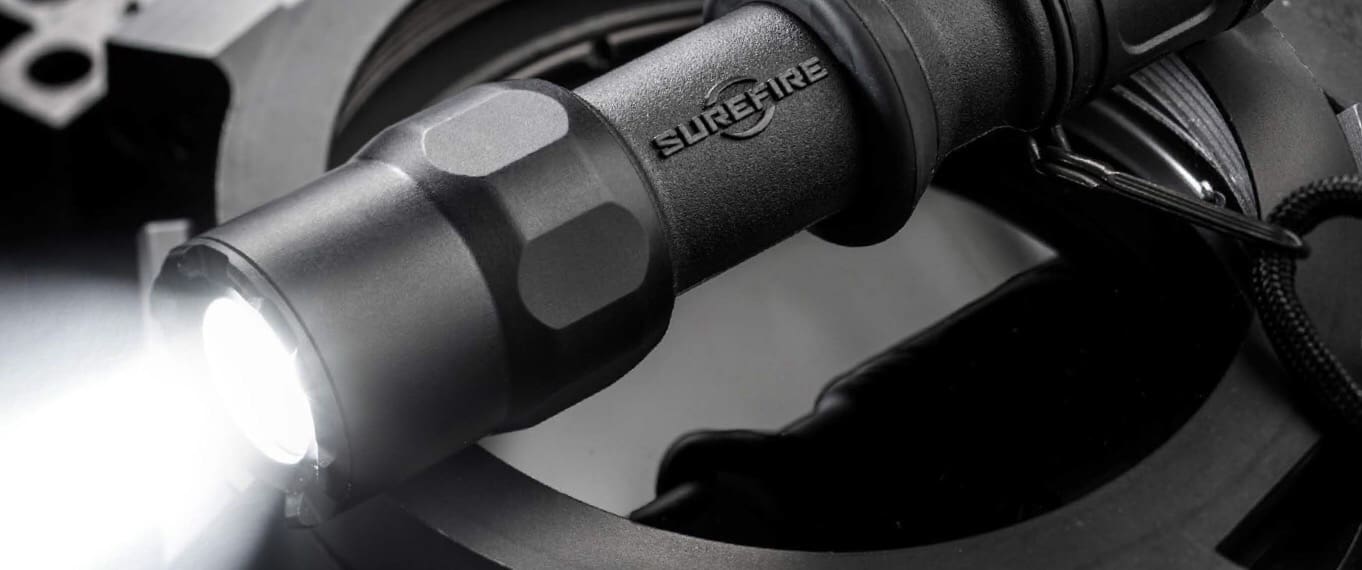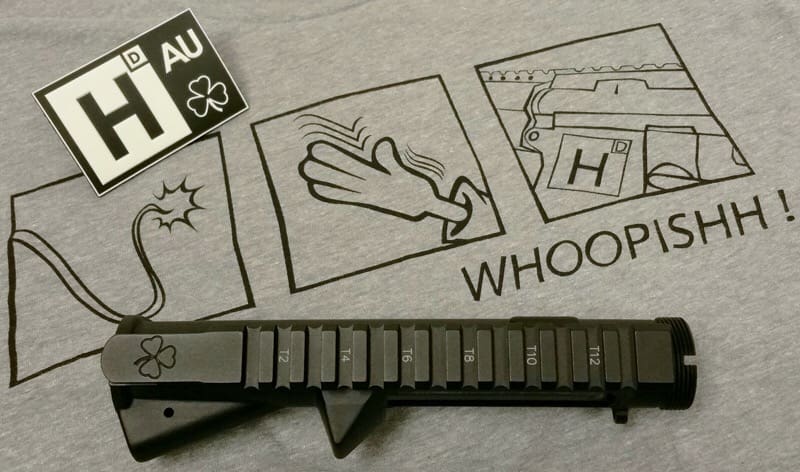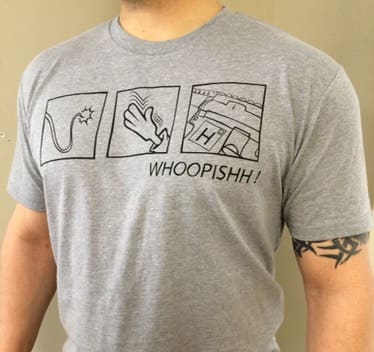“Commander, may I engage?” is a winning essay for the United States Army Writing Excellence Program By SSG Christopher Rance and was published in the NCO Journal. We have shared it, at his request, in hopes of fostering professional dialogue.
It discusses the restrictive nature of contemporary Rules of Engagement and how that can hinder a sniper from performing his or her mission. The author offers a sound solution for the commander that he or she can employ, especially in stability operations. This essay arose from past experiences and from After Action Reports from other snipers serving in recent combat operations.
Commander, may I engage?
In stability operations(1), there are no enemy lines to speak of. The enemy blends in with the general population. When faced with having to engage targets with direct fire while avoiding collateral damage, the commander should regard his or her snipers as a vital asset. Using their precision weapon systems, snipers can effectively eliminate targets while minimizing the collateral damage associated with other weapon systems or maneuver elements. The solution seems fairly straightforward, yet snipers still struggle with successfully employing precision fire when it matters the most. The culprit lies in the fact that bottom-line rules of engagement (ROE) do not work when snipers act on pre-event indicators to disrupt an enemy action. The sniper uses his/her ability to observe and understand the pre-event indicators that suggest that a critical incident is about to occur. One significant perceived problem with current ROE is their restrictive nature. Often, such ROE will specify enemy personal as only those presenting a direct threat to friendly forces, which may be engaged only to prevent compromise of the sniper team’s position. The paradox is that a sniper’s modus operandi is to engage targets that are not a direct threat to him or her, or their unit at the moment, but which might later be. The intent of this essay is to examine the variables that will help commanders construct the rules of engagement for snipers in irregular war and against state-sponsored hybrid war(2) as seen today in Ukraine and Syria. This essay will also provide snipers a method to assess pre-event indicators to assist them in making a quick and accurate decision to engage or not to engage.
Specific Rules of Engagement Developed for Sniper Operations
Issuing the proper rules of engagement is one of the most central and critical areas in successful sniper operations. ROE specifically developed for sniper operations are needed. The greatest utility can be gained from snipers if they have distinct and separate ROE that are both sniper and mission specific. These ROE should be written as a collaborate effort between the commander, the brigade legal officer, and the sniper employment officer. If a sniper team is sent out to observe and engage an IED (improvised explosive device) emplacer or triggerman or an enemy mortar team and its equipment at a POO (point of origin) site, the sniper team should be authorized to engage these targets without recourse to a sometimes complex and time consuming “Commander, may I” sequence of radio conversations with the battalion or brigade tactical operations center. Restrictive ROE prevents the sniper team from accomplishing their dangerous mission. The commander needs to:
o Evaluate the variables
o Assess sniper capabilities
o Develop ROE and execute the sniper operation
Evaluate the Variables
Within a sniper operation, there are two serious errors that leadership needs to avoid. These errors are:
o Error that results in the death of a non-combatant individual.
o Error that results with the targeted individual escapes the situation and the threat or potential threat remains active.
After establishing the errors to avoid, the Commander and Sniper Employment Officer (SEO) will assess the operational environment, the social and political context of the operation, the risks within the operation and the individual capabilities of the sniper.
The Operational Environment
The environment is critical to a complete understanding of the proper execution of a sniper shot. Command needs an accurate assessment of the:
A. Physical Environment
The two principal components of the physical environment that the enemy will use in their favor are terrain and weather. The enemy knows that less complex and open environments, such as Afghanistan, favor U.S. forces, especially snipers with their long-range, precision weapons and sophisticated reconnaissance capability. So they will try to avoid the types of operations and environments for which such U.S. forces are optimized. The enemy will attempt to conduct operations in urban areas and other complex terrain(3) and in weather conditions that may adversely affect U.S. military operations and mitigate technological advantages.
B. Relational and Cultural Environment
The use of media, especially social media, can make sniper operations transparent to the world, especially if that sniper team causes any civilian casualties, which are highly mediagenic. The enemy will seek out and exploit any mistake that the United States Military makes and use that propaganda to sway the local population to support their cause.
The Social and Political Context of the Operation
Every sniper operation has a social and political reverberation, the point being that these results can and will affect the operation, where it is in a positive or negative context. The social and political effect can place a tremendous amount of pressure on the conduct of the operation.
The Level of Risks Within the Operation
The stakes of the target have a distinct impact on the operation as a whole. The importance or popularity of the targeted individual can drive the nature of the operation. This variable plays into the perceptions of individuals that are looking or observing the operations from the outside inwards.
Assess Sniper Capabilities
Commanders and SEOs can assess a sniper’s probability of successfully hitting the intended target by using the zone confidence table and the snipers training and qualification records to establish the snipers baseline of performance.
ZONE CONFIDENCE TABLE
o The crosswind confidence level is defined as High (Experienced sniper, great downrange wind indicators) Medium (easy environment i.e. flat range) and Low (challenging environment i.e. valley in Afghanistan).
o The Range estimation confidence level is defined as High (sniper using a laser range finder) Medium (expert use of ranging reticle) and Low (average use of ranging reticle).
o The rifle estimation is represented by the mean group size that the sniper is capable of at close range (100 meter zero) expressed in Minute of Angle.
o The variation in Muzzle Velocity of the ammunition is characterized by the standard deviation. This metric can be obtained by the sniper using a chronograph for his respected rifle/ammo.
By testing the sniper in crosswind estimation, range to target estimation and by assessing his rifles precision (grouping ability) and ammunition velocity consistency (Chrono-graphing current lot of ammunition), you’re now able to put that sniper in one of three confidence zones.
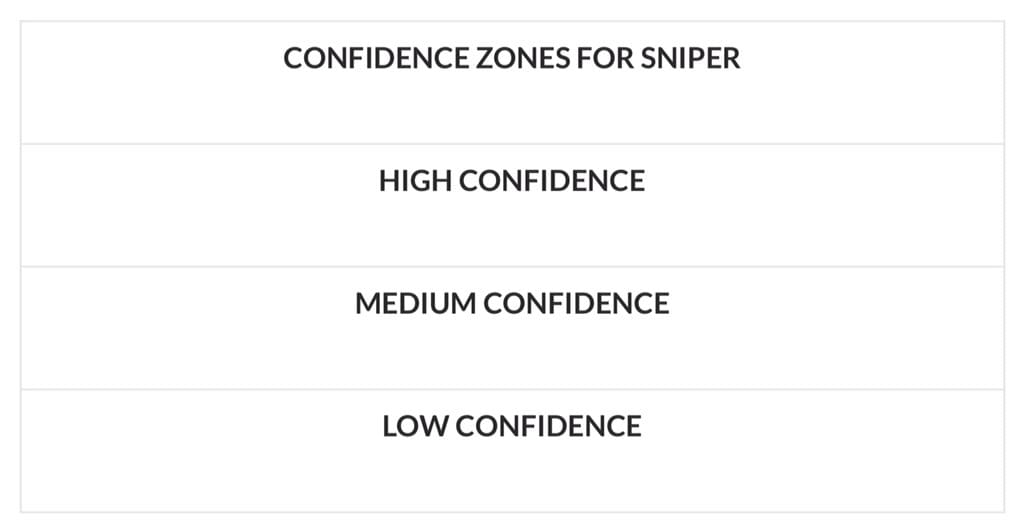
Example: Sniper can read wind and range estimate with Medium confidence. He can maintain a High confidence for rifle estimation (.5 MOA group when zeroing) and by chrono graphing his ammunition, he annotates that current lot has an SD in the Low zone (20 SD). Sniper would be assigned a MEDIUM CONFIDENCE LEVEL. Commanders and SEOs can use the confidence table to address the various uncertainty components. This approach can show what element(s) of the environment or system (sniper/rifle/ammo) is most limiting the sniper to hit targets. Leadership can also do a comparison of several systems under the same condition in order to see what sniper weapon system they should employ.
Develop Rules of Engagement
Commanders and SEOs can analyze certain questions that will assist in selecting the right sniper and establishing an ROE;
o Is deploying a sniper team the right course of action for a particular operation?
o How far a sniper weapon system may be successfully employed against specific targets(4)?
o Do the variables limit the sniper team?
o Can the sniper be expected to a high degree of confidence, eliminate a threat without incurring civilian casualties(5)?
Left-Of-Bang
Left-of-bang principles help snipers observe, analyze, and decide before the enemy acts. This is called “left-of-bang” thinking. Snipers look for indicators after an incident occurs so that they can prevent the next occurrence—that is, acting before the next bang.
Pre-Event Indicators
For the sniper to act, he or she must be able to understand and observe the pre-event indicators that would suggest that a critical incident is about to occur.
Examples of what the sniper can do, left-of-bang:
o Sniper creates a baseline of what he or she perceives to be “normal” for the area of operation
o The sniper observes potential suspects to help establish their daily patterns
o The sniper conducts a recon of possible locations of enemy activity
o Sniper detects anomalies from the baseline
o Sniper identifies behaviors from the population that is out of place
o Identify suspicious environmental signs (e.g., stack of rocks, marking material hung)
Examples of what the sniper can do, right-of-bang:
o Sniper can identify tracks leading away from a scene
o Sniper can identify behavioral anomalies of nearby people
o Sniper can identify environmental effects, such as odd crowd reactions
o Sniper can analyze a site for clues to the enemy’s tactics or motivations
In conclusion, two priorities need to be established. First, snipers need to be selected based on their confidence zone when planning for a sniper operation. Second, commanders need to provide the sniper with specific, lawful ROE that describe acceptable conditions for engaging enemy personnel who are participating in defined hostile activities; the snipers should be trusted to follow the commander’s guidance and the ROE and take a shot.
NOTES
1 United States Army FM 3-07 states stability operations encompass various military missions, tasks, and activities conducted outside the United States in coordination with other instruments of national power to maintain or reestablish a safe and secure environment, provide essential governmental services, emergency infrastructure reconstruction, and humanitarian relief.
2 Hybrid forces can be characterized by their capabilities. Hybrid forces such as the ones operating in Ukraine and Syria have the same characteristics of irregular forces, such as small formations, but they also have additional capabilities such as anti-tank guided missiles, man-portable air defense weapons, and longer-range, larger-caliber rockets.
3 United States Army FM 7-100.1 states complex terrain is a topographical area consisting of an urban center larger than a village and/or of two or more types of restrictive terrain or environmental conditions occupying the same space. (Restrictive terrain or environmental conditions include but are not limited to slope, high altitude, forestation, severe weather, and urbanization.) Complex terrain, due to its unique combination of restrictive terrain and environmental conditions, imposes significant limitations on observation, maneuver, fires, and intelligence collection.
4 When going from relative sea level to 10,000 feet in mountainous terrain (higher the altitude; the better the muzzle velocity is retained), a system (sniper/rifle/ammo) and the combination of high altitude and long line of sights, can make sniper employment in mountainous terrain a much more efficient tactic. The higher elevations extend the effectiveness of a sniper weapon system substantially. The effect can be on the order of 10% increase in hit percentage for every 5,000 ft. gained from sea level.
5 A sniper with a high confidence rating can be expected to deliver a more accurate shot than a sniper with a low confidence rating. Commanders must assess their snipers on a routine basis to successfully gauge their effectiveness.
Staff Sgt. Christopher Rance
“I have been serving the United States Army as an Infantryman (11B) for almost twelve years, and I have had the privilege to work in a variety of positions. I served as a sniper team leader when I was assigned to the 4th brigade, 10th Mountain Division. During my tenure, I successfully led a sniper team during a 15 month combat operation in Iraq, from 2007 to 2009. My next assignment was a volunteer assignment to the prestigious 3rd Infantry Regiment, The Old Guard. While there, I served as the Presidential Color Bearer on a variety of missions, to include President Obama’s 2012 Inauguration. My essay discusses the restrictive nature of contemporary Rules of Engagement and how that can hinder a sniper from performing his or her mission. I offer a sound solution for the commander that he or she can employ, especially in stability operations. This essay arose from past experiences and from After Action Reports from other snipers serving in recent combat operations.”


